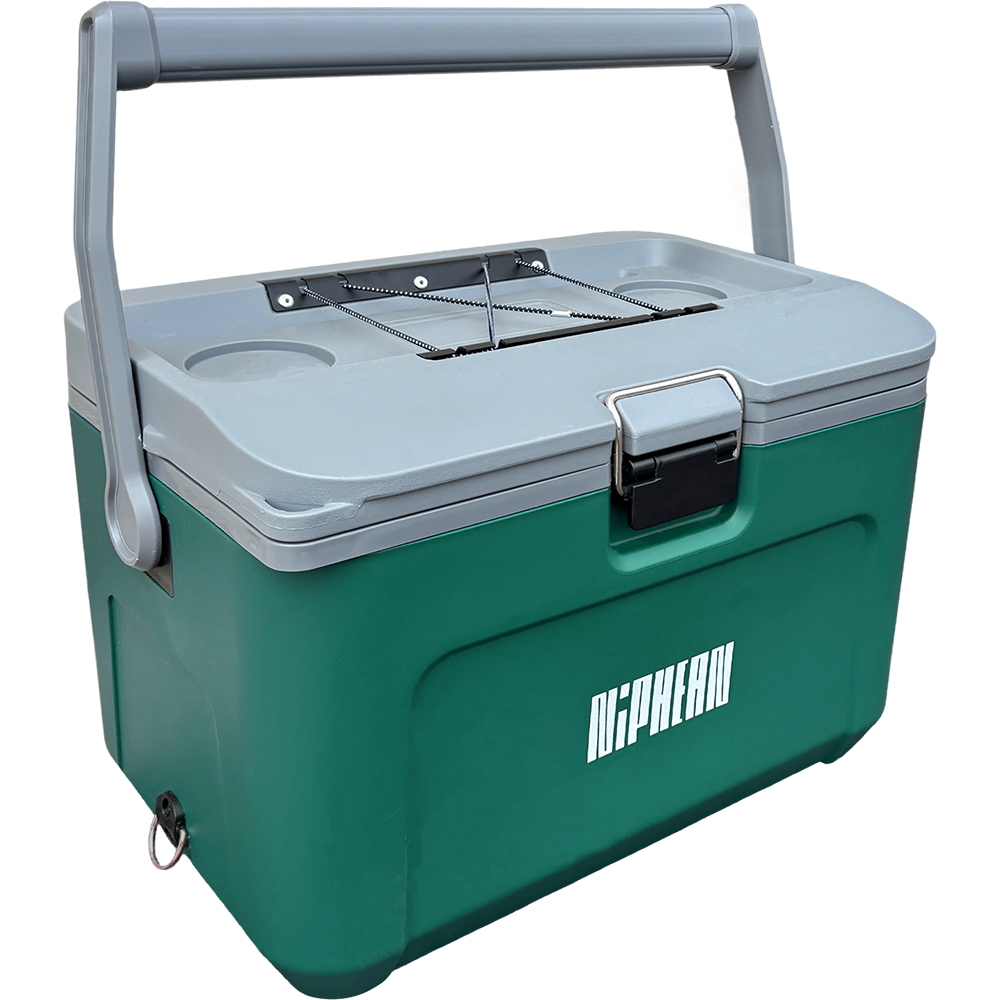- No products in the cart.
Paddle Boarding in Low Visibility: Safety Precautions Gear
Sep 19, 2025
Introduction
Paddle boarding is an exhilarating way to explore lakes, rivers, and coastal waters, but low visibility conditions—such as fog, dusk, heavy rain, or overcast skies—pose unique safety challenges. Understanding how to navigate safely and using the right gear is essential for minimizing risk. At Niphean, we provide expert advice to help paddlers enjoy the water confidently, even when visibility is limited.
1. Assess Conditions Before You Go
Before heading out, check weather forecasts, tide charts, and visibility reports. Fog, rain, or early morning low light can drastically reduce your ability to see obstacles or other watercraft.
Tip: If conditions are extreme or unfamiliar, it’s best to postpone your session. Safety always comes first. Learn more in our paddle safety guides.
2. Wear High-Visibility Gear
Visibility is crucial when paddling in low-light or foggy conditions. Recommended gear includes:
-
Bright-colored PFDs and boards: Colors like neon yellow, orange, or red increase your visibility to others.
-
Reflective accessories: Straps, paddles, or stickers reflect light from boats and shore lights.
-
Waterproof LED lights: Mountable lights for your board can make you visible in very dark or foggy conditions.
3. Use a Leash and Safety Lines
A leash ensures your board stays connected to you if you fall, especially critical when visibility is low. Consider adding a safety whistle or a small waterproof signaling device to alert nearby boats or rescuers in emergencies.
4. Stick to Familiar and Calm Waters
Low visibility magnifies risks such as collisions with obstacles, boats, or other paddlers. Stick to areas you know well and that have minimal traffic. Calm waters are ideal since fog and rain can distort your sense of distance and balance.
5. Communicate and Paddle in Groups
If possible, paddle with a buddy or a group. Group paddling increases visibility to others and provides immediate assistance in case of an incident. Always inform someone onshore about your expected route and return time.
6. Navigate Using Landmarks and GPS
When visibility is limited, natural landmarks or GPS devices become critical navigation tools. Avoid relying solely on visual cues; use a waterproof GPS watch or smartphone in a protective case to stay oriented.
7. Practice Low-Visibility Skills
Building skills for low-visibility paddling improves safety. Practice slow, controlled paddling, staying alert to changes in wind, waves, and surrounding sounds. Learn self-rescue techniques, which are invaluable if you get separated from your board. For guidance, explore our self-rescue guide.
Conclusion
Paddle boarding in low visibility demands careful preparation, the right gear, and heightened awareness. By following these expert precautions and equipping yourself with high-visibility boards and safety tools, you can continue to enjoy SUP adventures safely. Explore Niphean’s SUP products for gear designed with visibility and safety in mind.
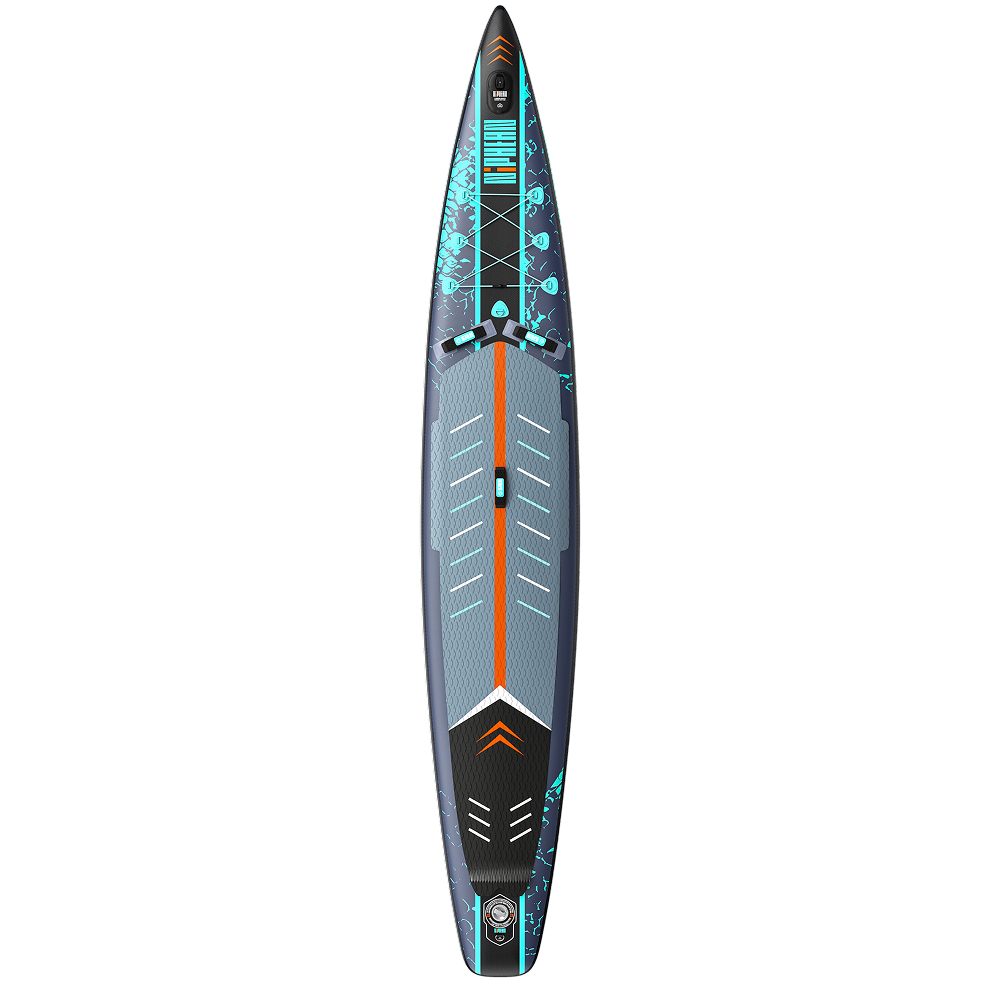
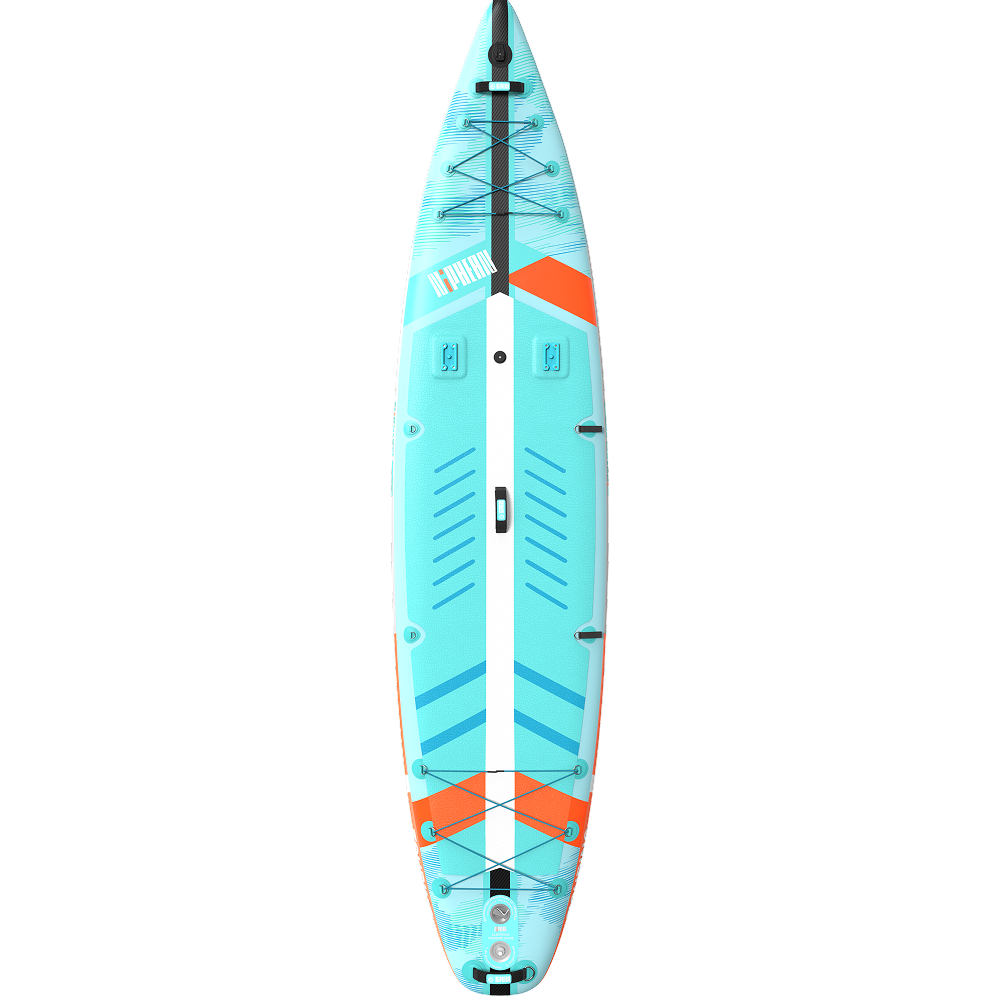
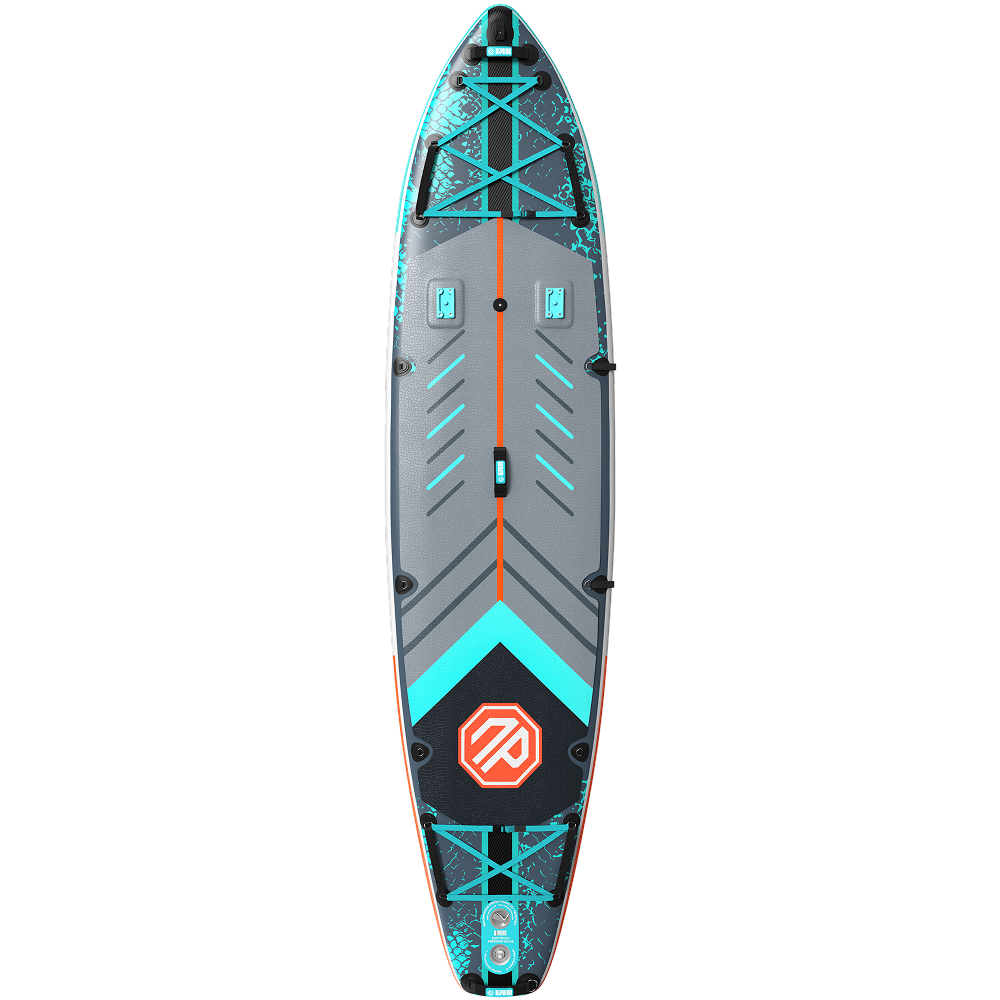
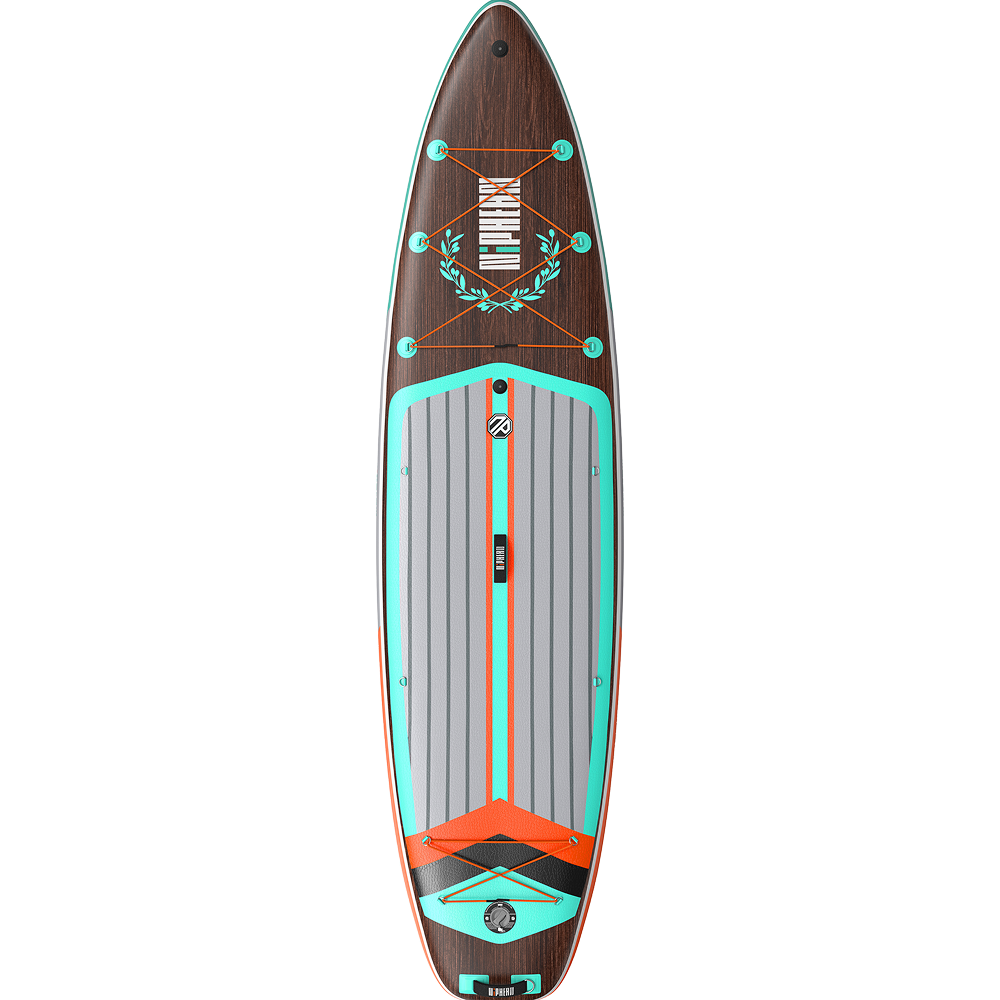
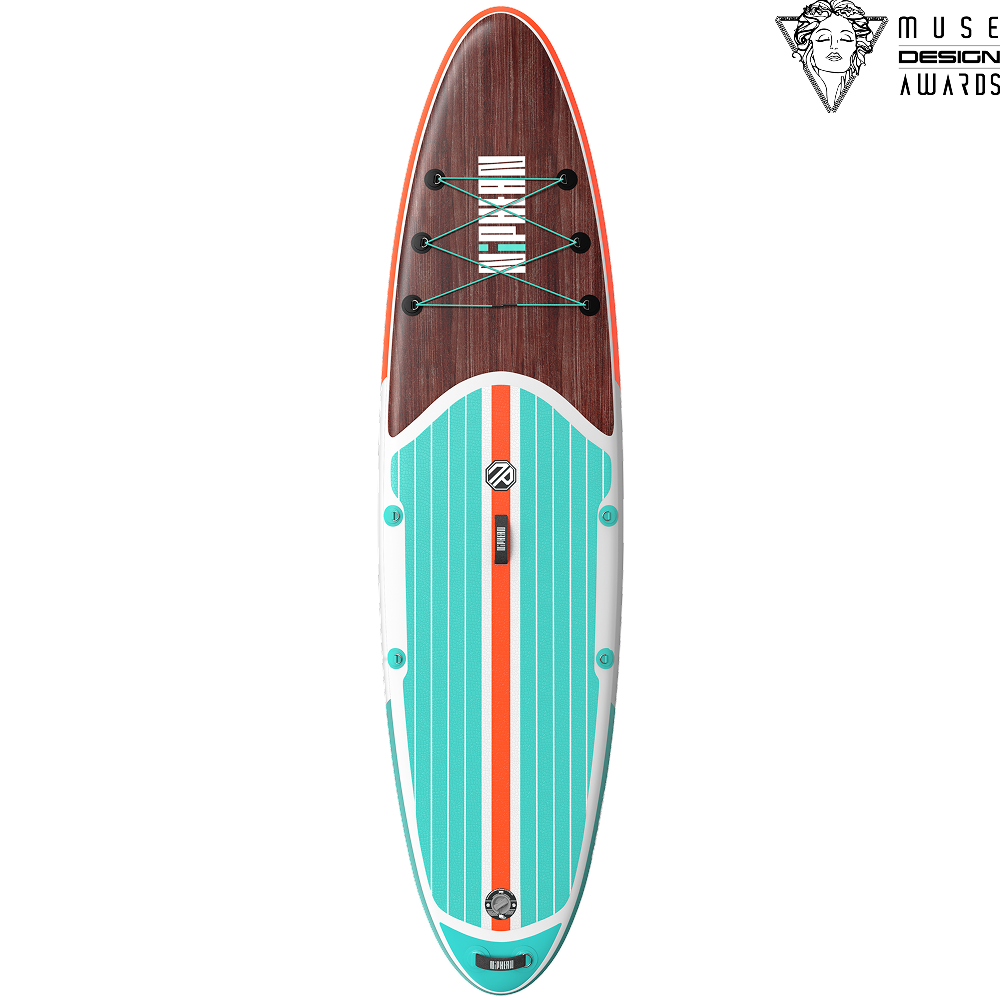
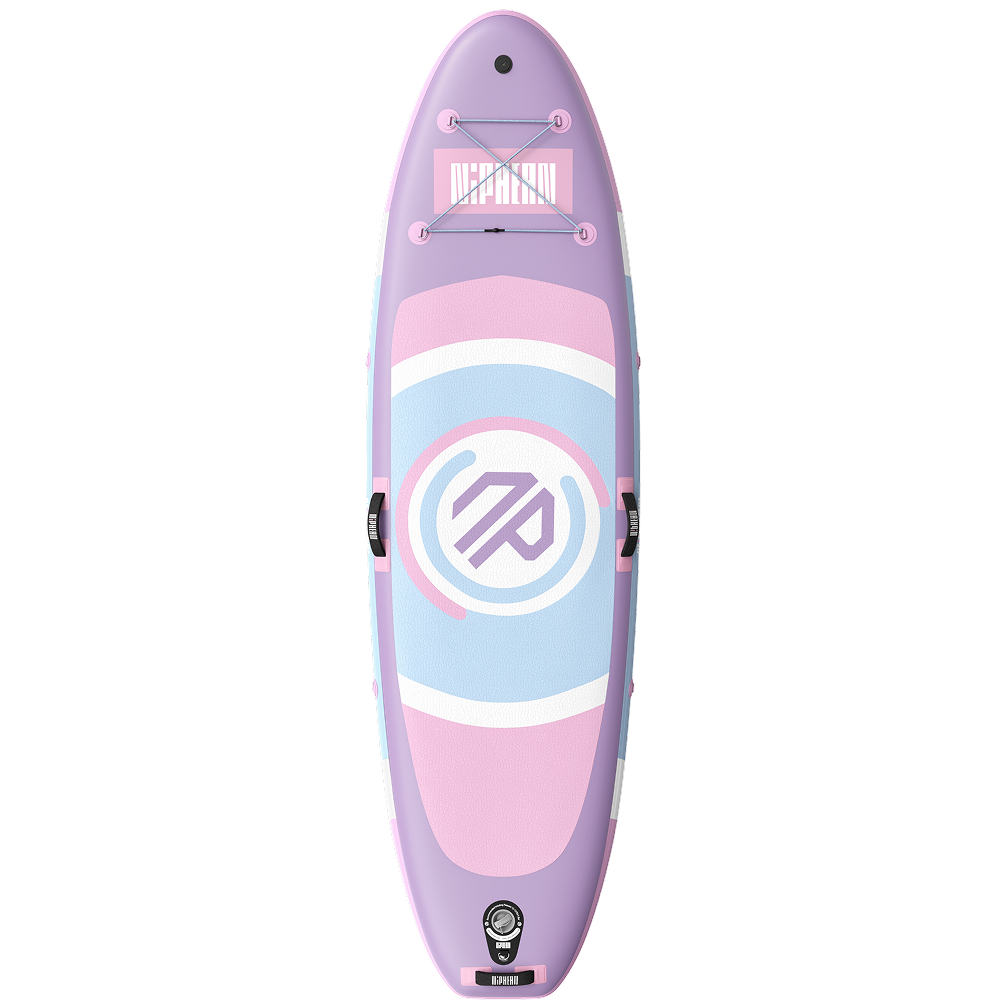





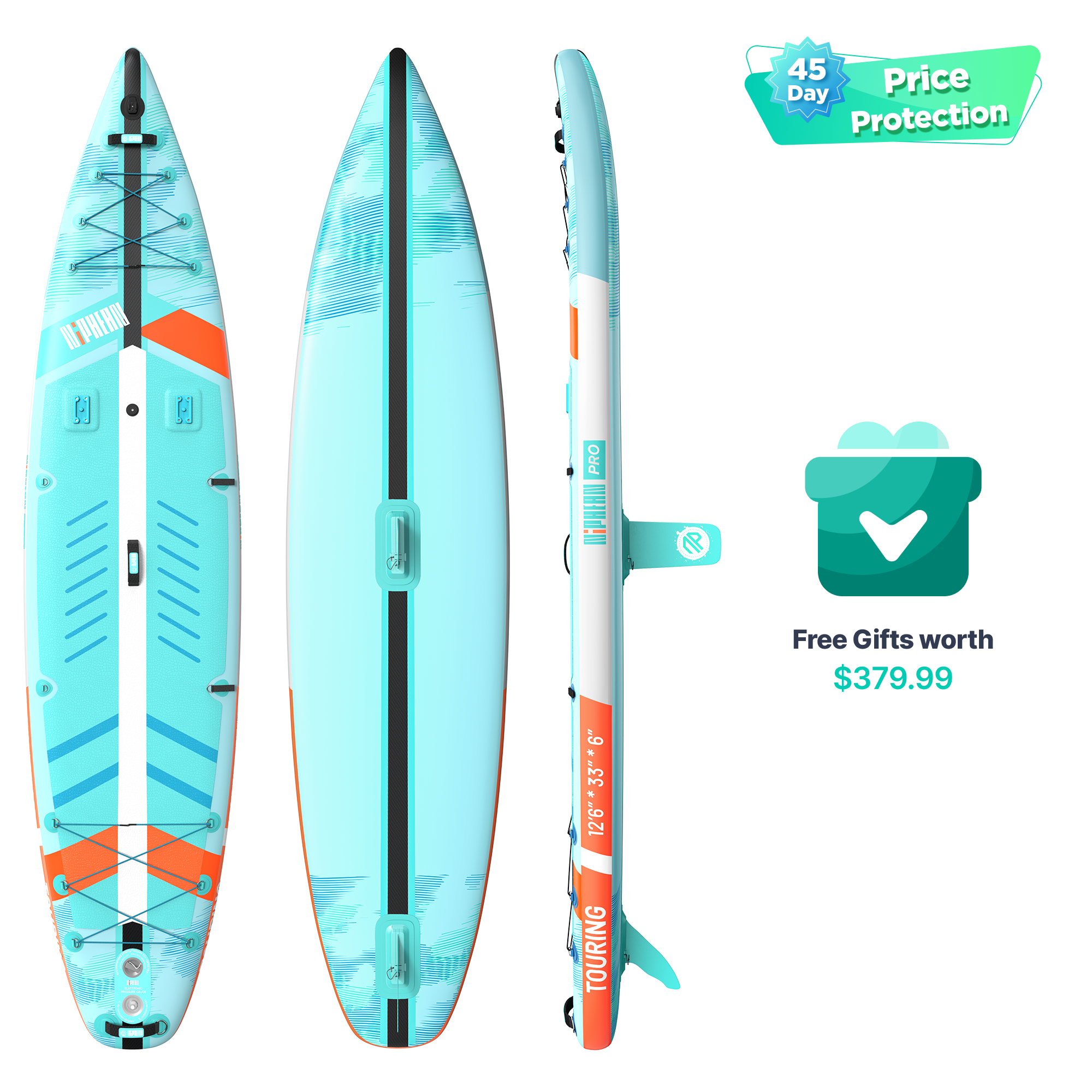
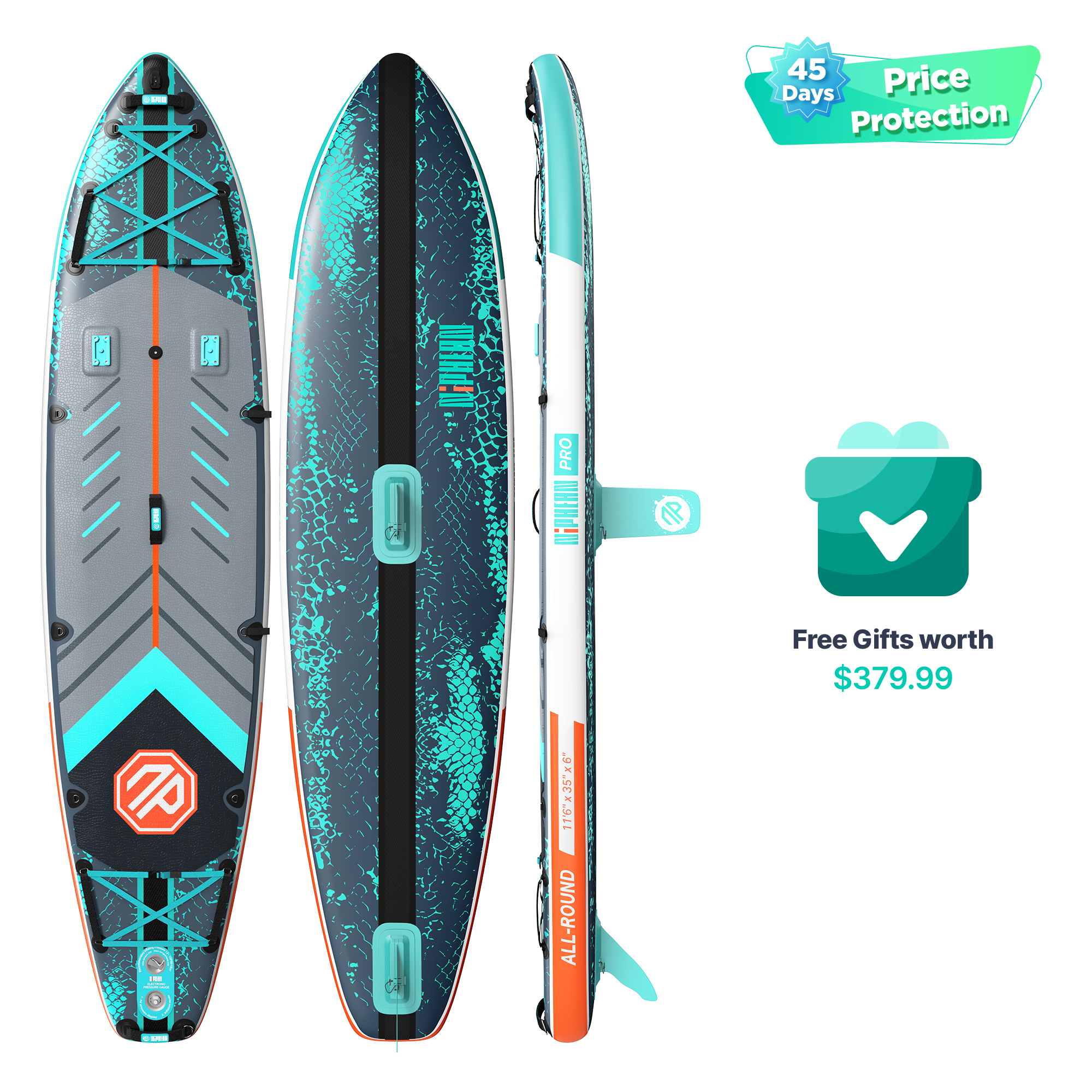
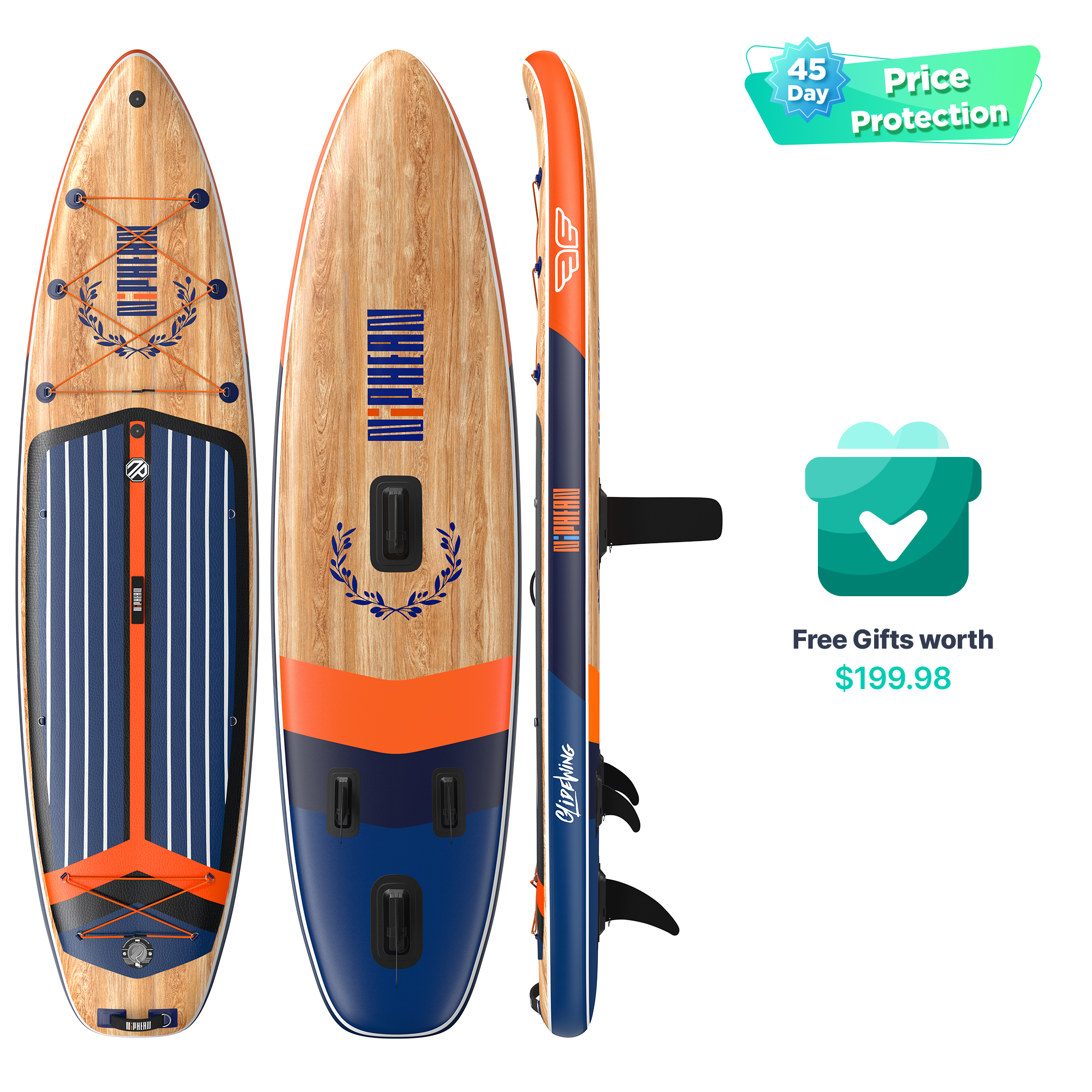
 Youtube
Youtube Facebook
Facebook Instagram
Instagram TikTok
TikTok